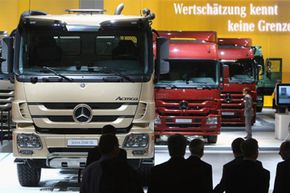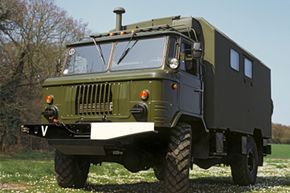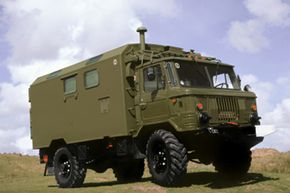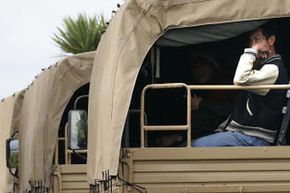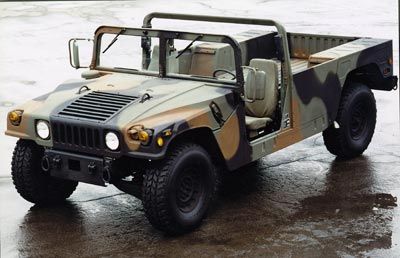Germany in the late 1940s was a pretty tough place to call home. The Second World War had just drawn to a close, and the country suffered a defeat that devastated its entire infrastructure. Roads, factories and whole cities lay in ruin. As such, Germany needed a vehicle that could step up to the plate and perform the tremendously hard task of rebuilding the country.
The company that came up with a solution was Mercedes-Benz, and the vehicle they created was called the Unimog. The Unimog, short for Universal-Motor-Geraet or Universal Motor Implement in German, was an extraordinarily capable truck that could go just about anywhere and do just about anything. Originally built for agricultural purposes, the Unimog grew into an industrial and military vehicle that gained a sizable following all over the world and continues to be built today.
Advertisement
It's more than just a big truck. The modern Unimog is a high-tech, all-wheel-drive beast that eats muddy roads, big hills and river rapids for breakfast. It's used by everyone from farmers to the Special Forces, and it even has a cult following in North America despite having to be specially imported here.
To quote Mercedes-Benz: "Over the decades the Unimog has long proven its worth as a hard-working jack-of-all-trades all over the world. Its basic concept has remained unchanged: great versatility for assignments of every kind, extreme off-road capabilities by virtue of all-wheel drive, portal axles and differential locks -- at front and rear -- a compact cab, great robustness and provisions for mounting a wide variety of working implements" [source: Mercedes-Benz].
In this article, we'll examine the decades-long history of the Unimog and look at how it has evolved from a tough farm truck into one of the most versatile off-roaders on the planet. We'll also learn about the incredible technology Mercedes-Benz builds into these trucks so they can live up to their reputation of being able to handle anything.
Advertisement
